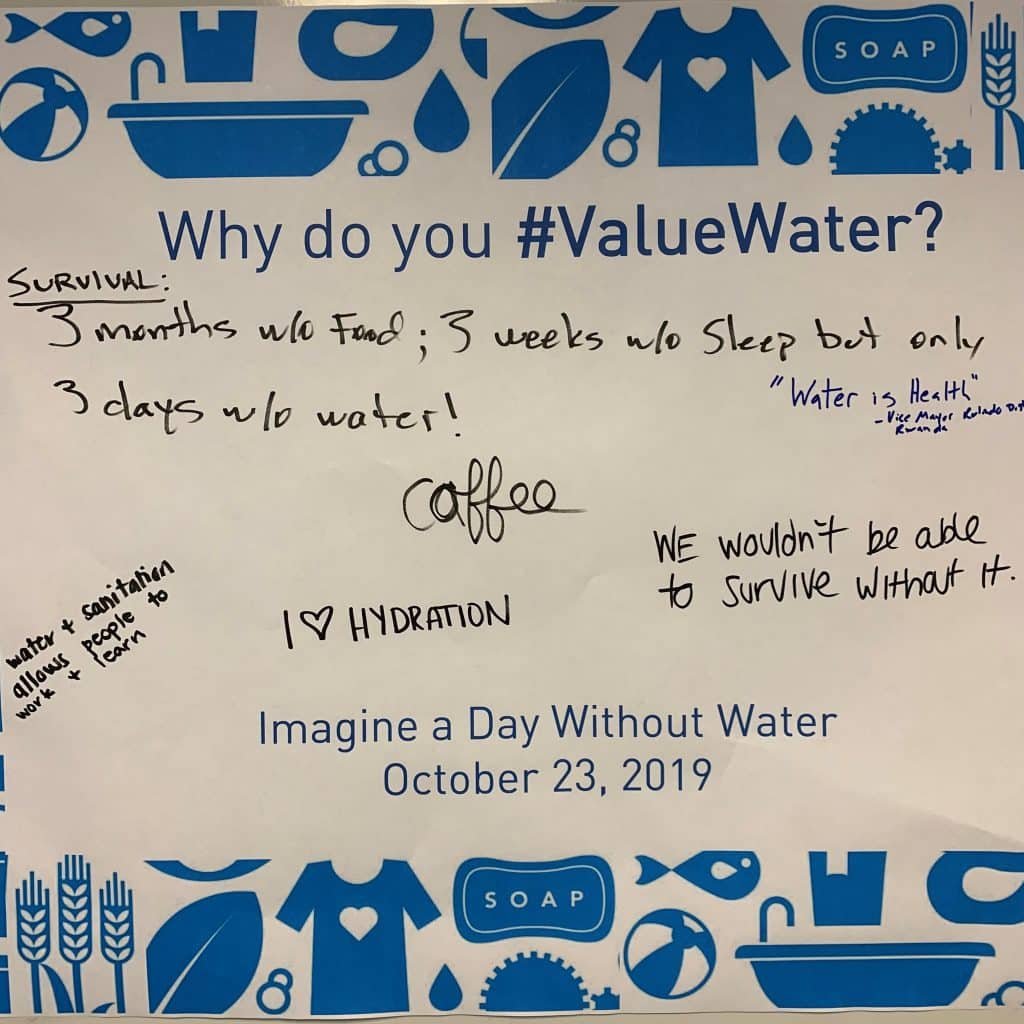The News
The PFAS Action Act of 2019, H.R. 535, a bill that would require the Pentagon to work with communities to cleanup contamination from PFAS, was passed by the House last week. The bill passed 247-159, with 24 Republicans in favor. The PFAS Action Act would require the Environmental Protection Agency (EPA) to declare two types of per- and polyfluoroalkyl substances (PFAS) as hazardous and would help in aiding the removal of toxic, chemical substances from drinking water supplies across the country.
Perfluorooctanoic acid (PFOA) and perfluoroactanesulfonic acid (PFOS), the key ingredients of aqueous film-forming foams used by the U.S. military for firefighting, would be labeled as toxic substances if the bill is enacted. As such, areas contaminated with these substances would subsequently become Superfund Sites and move up the ladder in terms of priority cleanup.
Action Items
The bill would also create maximum allowable drinking water levels for both PFOA and PFOS and establish stricter guidelines for the use of firefighting foams containing the hazardous substances. Currently, there is no maximum contaminant level for PFAS chemicals, however, the EPA has enforced a non-mandatory health advisory level of 70 parts per trillion (ppt) for the sum of PFOA and PFOS.
So far, the Pentagon has identified 401 active and former military and National Guard sites where PFOA and PFOS use has been detected. Additionally, five to 10 million people across the country may be exposed to water contaminated with PFAS. These chemicals have been linked to testicular and kidney cancer, thyroid disease, high cholesterol, birth defects and high blood pressure in pregnant women.
Future Concerns
While the bill has passed the House, there may still be resistance in the Senate due to the significant scope and cost of the contamination cleanup. The Congressional Budget Office estimated that the PFAS Action Act of 2019 would cost at least $300 million in the next decade, but could be much higher given that it would obligate the federal government to mitigate contamination on former federal properties that have since become state, local or privately owned.
Another foreseeable concern that surfaced from the White House just two days before the vote noted that the bill would overstep the EPA’s authority surrounding the issue. The EPA currently has an Action Plan in place to address PFAS and protect public health.
Looking Ahead
On the contrary, the Environmental Working Group (EWG), an advocacy organization pushing for stricter controls over PFAS, is hopeful that the bill will be passed. Scott Faber, senior vice president of governmental affairs for the EWG stated that “it’s time for Congress to set meaningful deadlines for the EPA.” In doing such, he added, “the PFAS Action Act will immediately designate PFOA and PFOS as hazardous substances, which will kickstart the clean-up process at contaminated sites.”
As this bill continues to play out in Washington, 2020 presidential candidates are also taking stands to address the PFAS issues and crack down on these chemicals if elected. In the absence of federal regulations, individual states are also implementing their own efforts to clean up contaminated drinking water and prevent future contamination from PFAS.














